Edge finishing in sewing is a fundamental aspect of garment and fabric construction.
It refers to the art of meticulously addressing the raw, fraying edges of the fabric to ensure both functionality and aesthetics in the final product.
Whether you’re creating clothing, accessories, or home textiles, finishing the edges can greatly impact your work’s durability and visual appeal.
The choice of edge finishing technique varies depending on factors such as fabric type, project complexity, and design preferences. This crucial step prevents fraying and adds a professional touch to your creations.
This guide will explore various edge-finishing methods and their applications, allowing you to enhance your sewing skills and produce impeccable results.
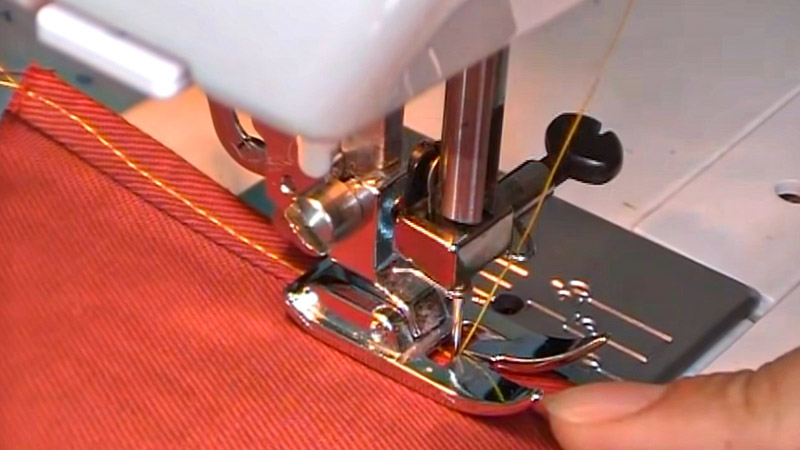
What Is Edge Finishing in Sewing?
Edge finishing is a crucial aspect of sewing that involves neatly and securely finishing the raw edges of the fabric to prevent fraying, enhance the durability of the garment or project, and create a polished and professional appearance.
Proper edge finishing not only adds aesthetic appeal but also ensures the longevity of the sewn item.
There are various techniques and methods for edge finishing in sewing, and the choice of which one to use depends on factors like fabric type, project purpose, and personal preferences.
Common Edge-Finishing Techniques for Sewing
Edge-finishing techniques in sewing are crucial for preventing the fabric from fraying, adding strength to the seams, and giving a project a clean, professional look. Here are some of the most common edge-finishing techniques used in sewing:
Zigzag Stitch
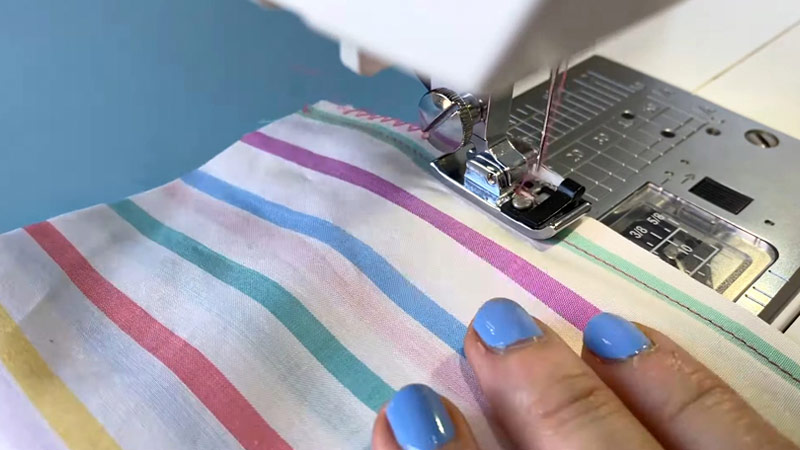
The zigzag stitch is a versatile option for finishing edges. It’s created by the sewing machine moving back and forth in a zigzag pattern. This method helps prevent fraying and provides a clean edge.
It’s particularly useful for fabrics that may unravel easily, such as loosely woven fabrics or those with a tendency to fray.
Adjusting the stitch width and length allows you to customize the zigzag stitch to suit different fabrics and project needs.
Serger Stitch
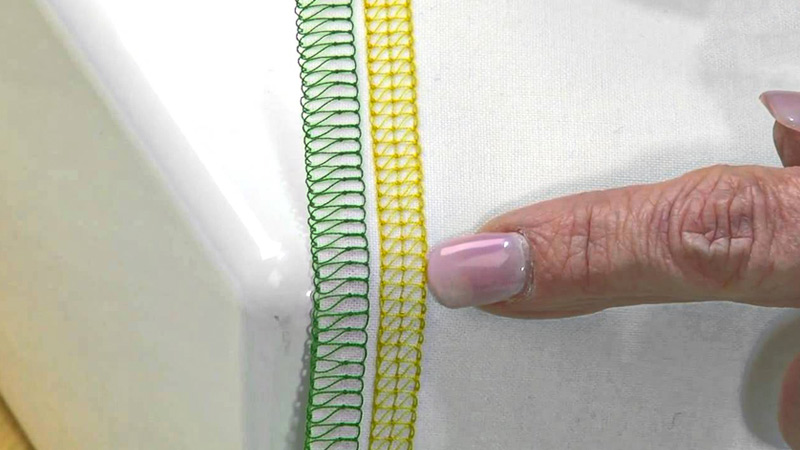
An overlock stitch is achieved using a serger, a specialized sewing machine designed for this purpose. The serger trims the fabric’s edge while sewing a neat overlock stitch.
This creates a clean and professional finish, commonly seen in ready-to-wear garments. It’s especially beneficial for knit fabrics as it prevents them from unraveling.
The overlock stitch is highly efficient, trims and finishes the edge in a single pass.
Pinking Shears
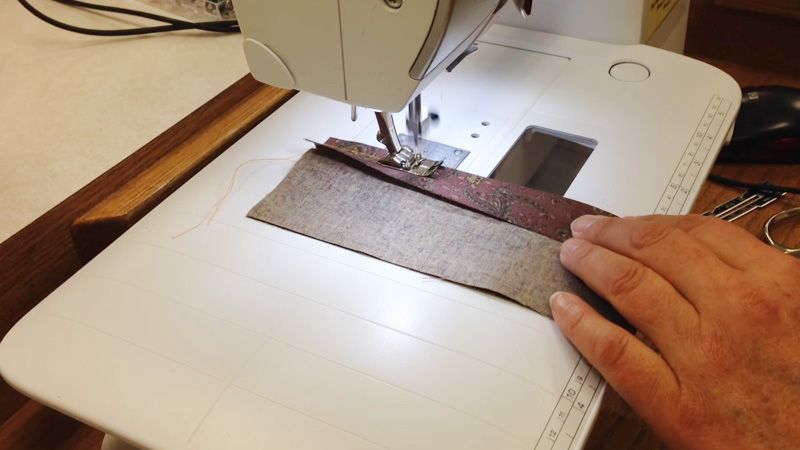
Pinking shears are a classic tool for edge finishing. They have serrated blades that create a zigzag edge when cutting fabric.
This simple yet effective method helps minimize fraying and is particularly useful for fabrics that don’t fray excessively.
Pinking shears are easy to use and provide a quick solution for finishing edges, making them a popular choice for beginners and experienced sewers alike.
Bias Binding
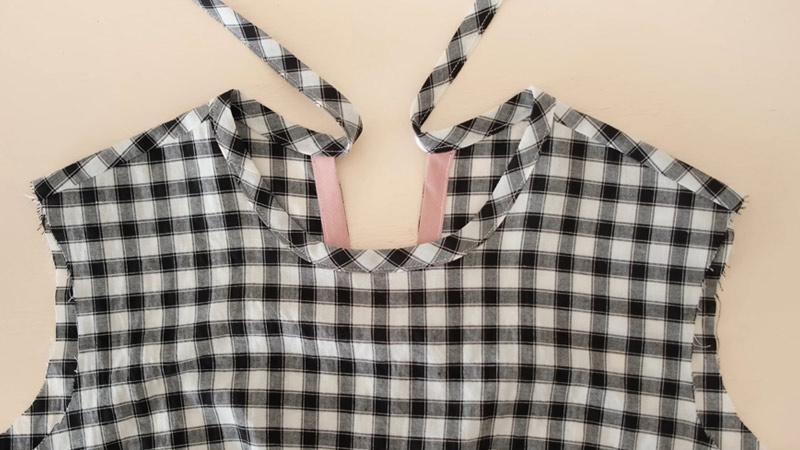
Bias binding is a versatile edge-finishing technique. It involves sewing a strip of fabric cut on the bias (a 45-degree angle to the fabric’s grain) along the raw edge.
This technique not only finishes the edge but also adds a decorative touch. Bias binding is excellent for curved edges, as it allows the fabric to bend smoothly without bunching or puckering.
It’s commonly used for finishing necklines, armholes, and other curved seams.
Hemming
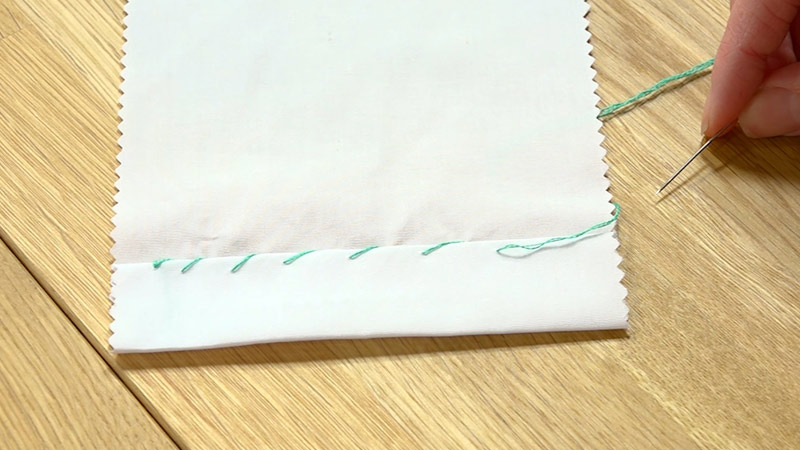
While primarily known for creating hems, folding and sewing the edge of the fabric can also serve as an effective edge finish.
This is particularly useful for lightweight fabrics where a heavy edge finish might be too bulky. Hemming provides a neat and clean edge, and it’s a fundamental technique in sewing.
French Seam
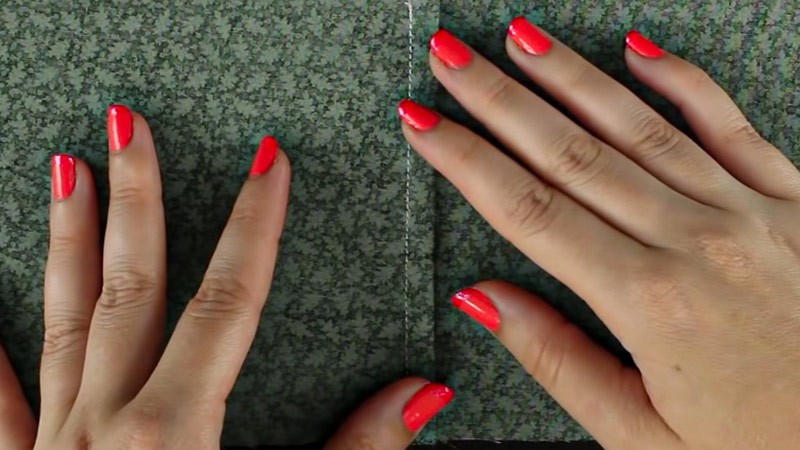
A French seam is a refined edge finishing technique, often used for delicate fabrics like chiffon or silk. It involves sewing the fabric’s wrong sides together and then enclosing the raw edges within the seam allowance.
This results in a clean and neat finish on the inside and outside of the garment. French seams create a polished look and are ideal for garments with sheer or lightweight fabrics.
Bound Seam
A bound seam is similar to bias binding but involves using a wider strip of fabric to encase the raw edge.
This provides additional reinforcement and durability. Bound seams are often used in heavy-duty projects requiring extra strength, such as in outerwear or bags.
Fray Check
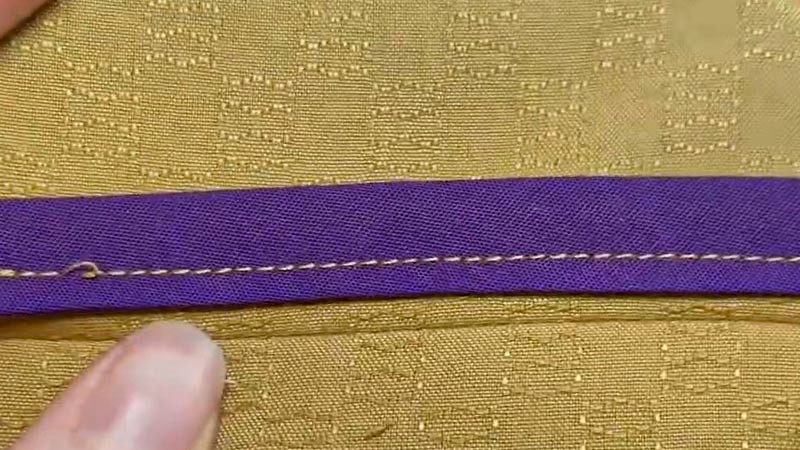
Fray Check or Fray Block are liquid seam sealants applied to the raw edges of fabric.
They create a protective barrier that stops the threads from coming undone, providing a quick and effective edge finish.
These products are especially useful for fabrics that are prone to fraying or for securing small areas that may be difficult to finish with traditional sewing techniques.
Why Is Edge Finishing Important in Sewing?
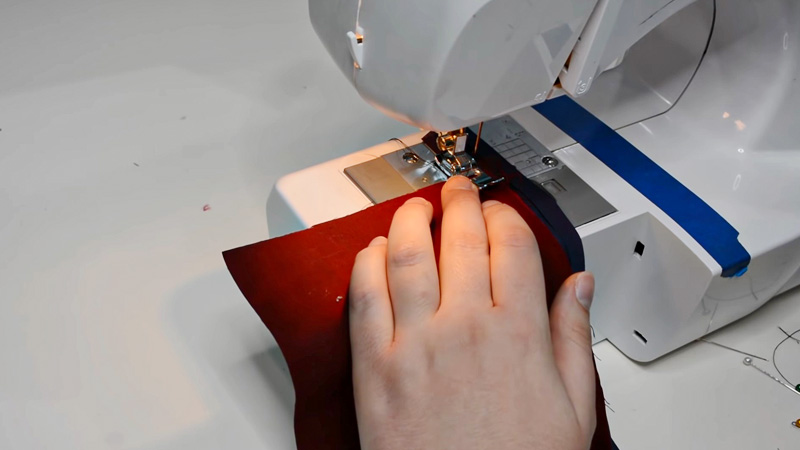
Edge finishing is a fundamental aspect of sewing that often distinguishes novice projects from those crafted with expertise.
It involves the meticulous treatment of raw fabric edges to safeguard against fraying and unraveling, ensuring the longevity and visual appeal of the final piece.
Let’s explore why edge finishing holds a paramount place in sewing.
Preventing Fraying
Unfinished fabric edges are prone to fraying, where individual threads separate and unravel.
This compromises the structural integrity of the garment and results in a messy, unrefined appearance.
Edge finishing methods, like zigzag stitches or pinking shears, effectively lock these threads, preventing fraying and maintaining the fabric’s integrity.
Enhancing Durability
Garments endure wear and tear over time. Without proper edge finishing, the fabric’s raw edges are vulnerable to damage from repeated use and laundering.
Techniques like seam finishes or bias binding fortify these edges, ensuring they withstand the test of time, even with frequent use.
Achieving a Polished Look
A well-finished edge exudes professionalism that sets expertly crafted pieces apart. It communicates attention to detail and a commitment to quality.
Whether a crisp hem or neatly bound seams, edge finishing imparts a polished and refined appearance to any sewing project.
Comfort and Wearability
Unfinished edges can be uncomfortable against the skin, causing irritation and discomfort. This is especially true for sensitive areas like necklines and cuffs.
Applying edge finishes like bias tape or binding prevents irritation and adds a comfortable, soft edge to these areas.
Handling Different Fabric Types
Various fabrics demand distinct approaches when it comes to edge finishing.
Delicate materials like silk or chiffon require gentle techniques like French seams or bias binding to maintain their dainty nature.
Conversely, sturdier fabrics like denim benefit from robust finishes like flat-felled seams for added strength.
Customization and Decoration
Edge finishing methods offer a canvas for creativity. They can be selected for their decorative elements as much as their functional attributes.
Adding a contrasting bias binding or a decorative edge stitch can elevate a garment from ordinary to extraordinary, showcasing the sewer’s style.
Adapting to Project Needs
Different sewing projects have unique edge-finishing requirements. Quilts benefit from binding techniques, while clothing may require hemming or seam finishes.
Understanding and applying the appropriate edge finish for each project ensures that it looks exceptional and serves its intended purpose effectively.
How Do You Choose the Best Edge Finish for Your Project?
Choosing the best edge finish for your sewing project is essential to ensure the final piece’s functionality and aesthetics.
Several factors should guide your decision:
Fabric Type

Begin by examining the fabric you’re working with. Delicate materials like silk or chiffon may require a different edge finish than sturdier fabrics like denim or canvas.
Lighter fabrics may benefit from gentler finishes, while heavier ones may demand more robust methods to prevent fraying.
Project Requirements
Assess the purpose and usage of the item you’re creating.
For instance, a garment intended for everyday wear may benefit from a different edge finish compared to a decorative tablecloth or a durable tote bag.
Consider factors like movement, stress on seams, and overall wear and tear.
Aesthetic Considerations
Think about the desired look of your finished project.
Some edge finishes, like bias binding or French seams, offer a clean and polished appearance, while others, such as pinking shears, may provide a more casual or decorative look.
The chosen finish should complement the overall style of your creation.
Skill Level and Comfort
Assess your own sewing skills and comfort level with different edge-finishing techniques.
Beginners may find simpler methods like zigzag stitching or pinking shears more accessible, while more advanced sewers may be comfortable with complex finishes like bound seams or French seams.
Time Constraints
Consider the time available for your project. Some edge finishes, like serging or bound seams, may require more time and attention to detail.
If you’re working on a time-sensitive project, simpler finishes like zigzag stitching or pinking shears can be quicker and equally effective.
Testing and Practice
It’s always advisable to test different edge finishes on scraps of your fabric before committing to a particular technique.
This lets you observe how the fabric responds and helps you choose the most appropriate finish for your project.
Personal Preference
Your unique style and preferences significantly influence choosing an edge finish.
Some sewers may have a favored technique they find satisfying or enjoy the process of mastering.
Trusting your instincts and preferences can create a more enjoyable and fulfilling sewing experience.
How Do You Care For Your Edge Finishes?
Caring for edge finishes in sewing is essential to maintain the integrity and longevity of your projects.
Here are some key practices to ensure your edge finishes stay in good condition:
Follow Care Instructions
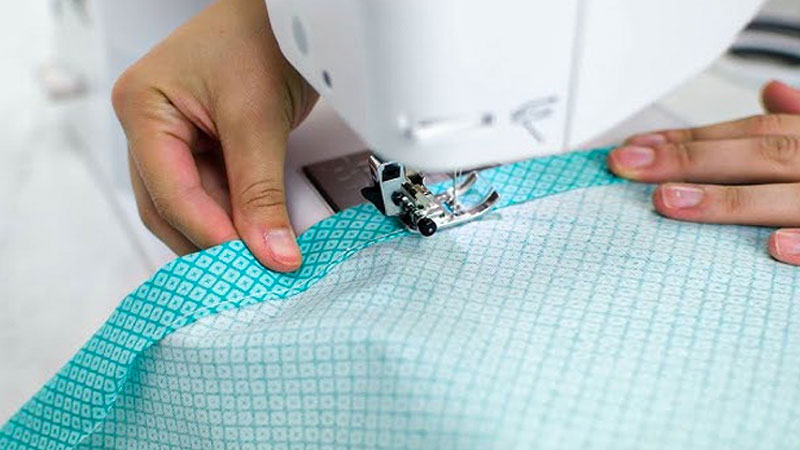
Care labels provide crucial information for maintaining your finished projects. They specify recommended washing temperatures, detergents, and any special precautions.
Always read and follow these instructions to ensure the longevity of your edge finishes.
Prevent Abrasion
High-friction areas, such as collars, cuffs, and waistbands, are prone to wear. Consider reinforcing these areas with interfacing or extra stitching to protect edge finishes. Additionally, using fabric protectors or patches can help guard against abrasion.
Gentle Washing
Choosing a gentle wash cycle and a mild detergent is particularly important for delicate fabrics and intricate edge finishes.
Avoid harsh chemicals or bleach, as they can weaken fibers and compromise the integrity of the edge treatment.
Hand Washing
Delicate or finely finished items benefit greatly from hand washing. Use a basin or sink filled with cool to lukewarm water and a gentle detergent.
Gently agitate the water to clean the fabric without wringing or rubbing.
Avoid Harsh Chemicals
Harsh chemicals, including bleach and strong stain removers, can harm edge finishes.
Opt for mild detergents and stain treatments specifically designed for delicate fabrics to preserve the integrity of the edge treatment.
Line Drying
Line drying is a gentle method to protect edge finishes from the heat and agitation of a dryer.
It also helps prevent excessive wrinkling. If using a dryer, select a low-heat or no-heat setting and promptly remove items to avoid over-drying.
Iron Carefully
Ironing should be approached with care. Select a low to medium heat setting and use a pressing cloth to shield the edge finishes from direct heat.
For delicate fabrics, consider using a lower heat setting and employing steam to reshape without risking damage.
Inspect Regularly
Regular inspections are crucial for catching any signs of wear or damage early on. Check for loose threads, fraying, or areas where the edge finish may weaken. Prompt repairs or re-finishing can prevent further deterioration.
Storage
Store your finished items in a cool, dry environment, away from direct sunlight. Use padded hangers for garments to maintain their shape and prevent edges from stretching or distorting over time.
FAQs
Does edge finishing prevent fraying?
Yes, edge finishing techniques like zigzag stitching or serging help prevent fraying by securing the raw edges of the fabric.
Can edge finishing improve the durability of a garment?
Yes, properly finished edges contribute to a garment’s overall strength and durability by reinforcing seams and preventing fraying.
Is bias binding a suitable edge finishing technique for curved edges?
Bias binding is excellent for finishing curved edges, as it allows the fabric to bend smoothly without bunching or puckering.
Should delicate fabrics be hand-washed to preserve edge finishes?
Yes, hand washing delicate fabrics helps protect intricate edge finishes from potential damage that may occur in a machine wash.
Does using pinking shears help minimize fraying on certain fabrics?
Yes, pinking shears create a zigzag edge that helps reduce fraying, especially on fabrics prone to unraveling.
To Wrap Up
In sewing, edge finishing is a crucial step to ensure the longevity and professionalism of a project.
It involves treating and securing the raw edges of the fabric to prevent fraying and unraveling.
Each technique, from zigzag stitching to French seams, serves a specific purpose based on fabric type and project requirements.
These methods enhance the aesthetic appeal and contribute to the overall durability of the garment or item.
Choosing the right edge finishing technique showcases meticulous attention to detail and elevates the quality of the final product. Mastering these techniques empowers sewers to create polished, long-lasting creations with confidence.
Leave a Reply